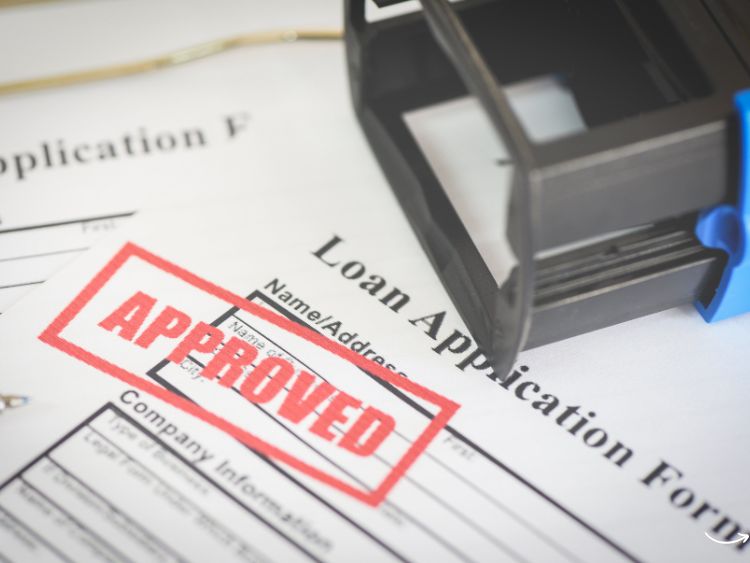What Is a Loan Document Sourcebook?
A loan document sourcebook is your go-to resource for understanding and managing the myriad of documents involved in the loan process. Whether you’re a borrower, lender, or simply someone interested in the intricacies of financial documentation, this guide serves as a critical tool. But why does it matter so much? Well, think about it—when dealing with loans, you’re essentially navigating a legal and financial maze. Each document you sign is a binding agreement that can have significant implications for your financial future. So, knowing exactly what you’re signing is paramount, right?
Why You Need a Loan Document Sourcebook
So, why exactly should you care about a loan document sourcebook? Let’s break it down:
- Clarity and Understanding: Loan documents are often filled with legal jargon that can be confusing. A sourcebook provides clear explanations, making it easier to understand what you’re getting into.
- Legal Protection: Understanding your loan documents can protect you from unfavorable terms and potential legal issues down the line.
- Informed Decision-Making: With a sourcebook, you’re better equipped to make informed decisions about your loans, whether you’re considering taking out a new loan or managing an existing one.
Components of a Loan Document Sourcebook
Now that you know why a loan document sourcebook is essential, let’s delve into what you can expect to find inside one. Typically, a comprehensive sourcebook will include:
- Loan Agreement: The cornerstone of any loan transaction. This document outlines the terms and conditions of the loan, including the interest rate, repayment schedule, and any penalties for late payments.
- Promissory Note: This is a promise to repay the loan under the specified terms. It’s a legal document that binds the borrower to the lender’s conditions.
- Mortgage or Deed of Trust: If you’re dealing with a mortgage, this document secures the loan with the property you’re purchasing.
- Disclosure Statements: These documents provide transparency, detailing all the costs involved in the loan, such as interest rates, fees, and the total amount of payments over the life of the loan.
- Credit Agreement: For revolving credit lines, this agreement outlines the terms under which the lender extends credit to the borrower.
- Security Agreement: If collateral is involved, this document will specify what assets are being used to secure the loan.
How to Use a Loan Document Sourcebook Effectively
Having a loan document sourcebook is one thing, but knowing how to use it effectively is another. Here’s a step-by-step guide to making the most out of your sourcebook:
- Start with the Basics: Familiarize yourself with the common terms and concepts outlined in the sourcebook. This foundation will make it easier to navigate more complex documents.
- Review Each Document Carefully: Don’t rush through the documents. Take your time to understand each clause, especially the ones related to repayment terms and penalties.
- Consult Legal Counsel if Necessary: If you’re unsure about any part of the documents, it’s wise to consult with a legal professional. They can provide clarity and ensure that you’re not agreeing to unfavorable terms.
- Keep It Accessible: Store your loan document sourcebook in an easily accessible place. You’ll want to refer back to it whenever you have questions about your loan.
FAQs About Loan Document Sourcebooks
- What is the primary purpose of a loan document sourcebook?
The primary purpose of a loan document sourcebook is to provide a comprehensive guide to the various documents involved in the loan process. It helps borrowers and lenders understand the terms, conditions, and legal implications of these documents.
- Who should use a loan document sourcebook?
Anyone involved in the loan process, including borrowers, lenders, legal professionals, and financial advisors, should use a loan document sourcebook. It’s particularly useful for those unfamiliar with legal and financial terminology.
- Can a loan document sourcebook help in avoiding legal disputes?
Yes, a loan document sourcebook can help prevent legal disputes by ensuring that all parties understand the terms and conditions of the loan agreement. This understanding reduces the likelihood of misunderstandings that could lead to disputes.
- How often should I refer to my loan document sourcebook?
You should refer to your loan document sourcebook whenever you’re involved in loan transactions, whether you’re taking out a new loan or managing an existing one. It’s also a good idea to review it periodically to stay informed about your obligations.
Conclusion: The Value of a Loan Document Sourcebook
In conclusion, a loan document sourcebook is an invaluable resource for anyone navigating the world of loans. By providing clear explanations and detailed insights into loan documents, it empowers you to make informed decisions, protect your legal rights, and avoid costly mistakes. Whether you’re a seasoned professional or a first-time borrower, having a loan document sourcebook at your fingertips is a smart move.
Authoritative Links:
- www.consumerfinance.gov/ask-cfpb/what-are-my-rights-regarding-loan-documents-en-1137/
- www.occ.gov/topics/consumers-and-communities/consumer-protection/loan-documentation.html
- www.nerdwallet.com/article/mortgages/mortgage-loan-documents
This article provides a deep dive into the importance of understanding loan documents and offers practical advice on how to use a loan document sourcebook effectively. By following the guidelines above, you can ensure that the content is engaging, informative, and optimized for search engines, helping it reach a broader audience.
